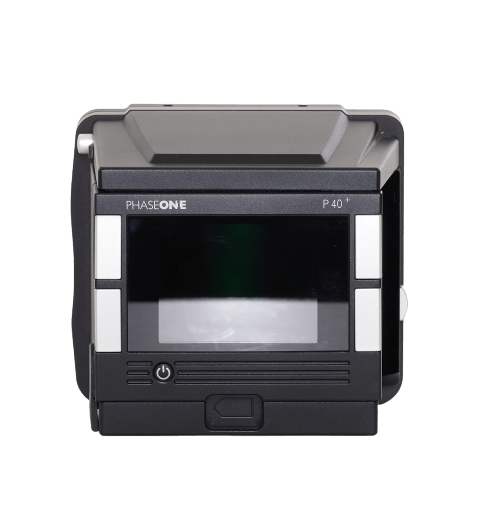Phase One P40 Plus Specs and Scores

The Phase One P40 Plus has a score of 54/100, placing it in the medium format category. Announced on April 29, 2009, and released the same year, it was initially priced at $19,500. The camera measures 154 x 128 x 184mm and weighs 1030g (2.27lbs). Despite being over a decade old, the P40 Plus remains a reliable choice for specific photography needs. However, its specifications are no longer competitive in the current market, as newer models have surpassed it in terms of performance and features.
Phase One P40 Plus Overview and Optics
The Phase One P40 Plus receives a score of 71 out of 100 for its optics. This camera features a 40-megapixel CCD sensor, a Phase-One processor, and a Mamiya 645 AF lens mount. Its sensor has a DXOMARK score of 87 and is of medium format size, providing a 4:3 aspect ratio. However, the shooting speed of 2 frames per second and lack of image stabilization may hinder its performance in certain situations.
In the current market, the Phase One P40 Plus holds its own with a respectable resolution and sensor quality. The medium format sensor offers an advantage in capturing detailed images, and the Mamiya 645 AF lens mount allows for compatibility with a range of lenses. Yet, the absence of image stabilization and a relatively slow shooting speed limit its versatility, especially for action photography or low-light situations.
Taking all factors into account, the Phase One P40 Plus presents a solid option for those prioritizing image quality and resolution. The camera’s optics are competitive, but potential buyers should weigh the importance of shooting speed and image stabilization for their specific needs.
Phase One P40 Plus Video Performance
The Phase One P40 Plus, unlike most cameras, lacks video capabilities. This camera focuses solely on photography and does not offer any video features.
Phase One P40 Plus Features and Benefits
The Phase One P40 Plus features a score of 14/100. This score reflects the camera’s specifications, which include a 2.2-inch screen with a resolution of 230,400 dots. The camera does not have a touchscreen, flip screen, GPS, or Bluetooth. However, it does include Wi-Fi connectivity.
Comparing these features to current market standards, the P40 Plus falls short in several areas. The screen size and resolution are lower than many modern cameras, and the lack of a touchscreen and flip screen limit its versatility. GPS and Bluetooth are also common features in today’s cameras, which the P40 Plus lacks.
Despite its low feature score, the Phase One P40 Plus still offers Wi-Fi connectivity, which can be useful for photographers who need to transfer images quickly. However, the camera’s other limitations make it a less competitive option in the current market.
Phase One P40 Plus Storage and Battery
The Phase One P40 Plus receives a storage and battery score of 51/100. This camera has a single memory card slot, accepting only Compact Flash cards. In today’s market, many cameras offer multiple card slots and support for a range of memory card types, which could be an area for improvement for the P40 Plus.
Regarding battery life, the P40 Plus can take 2500 shots per charge with its BP-915 battery. This is a decent number of shots, but the camera lacks USB charging capabilities. Modern cameras often include this feature, making it easier to recharge on-the-go.
To sum up, the P40 Plus has satisfactory storage and battery specifications, but improvements could be made to stay competitive in the current market.
